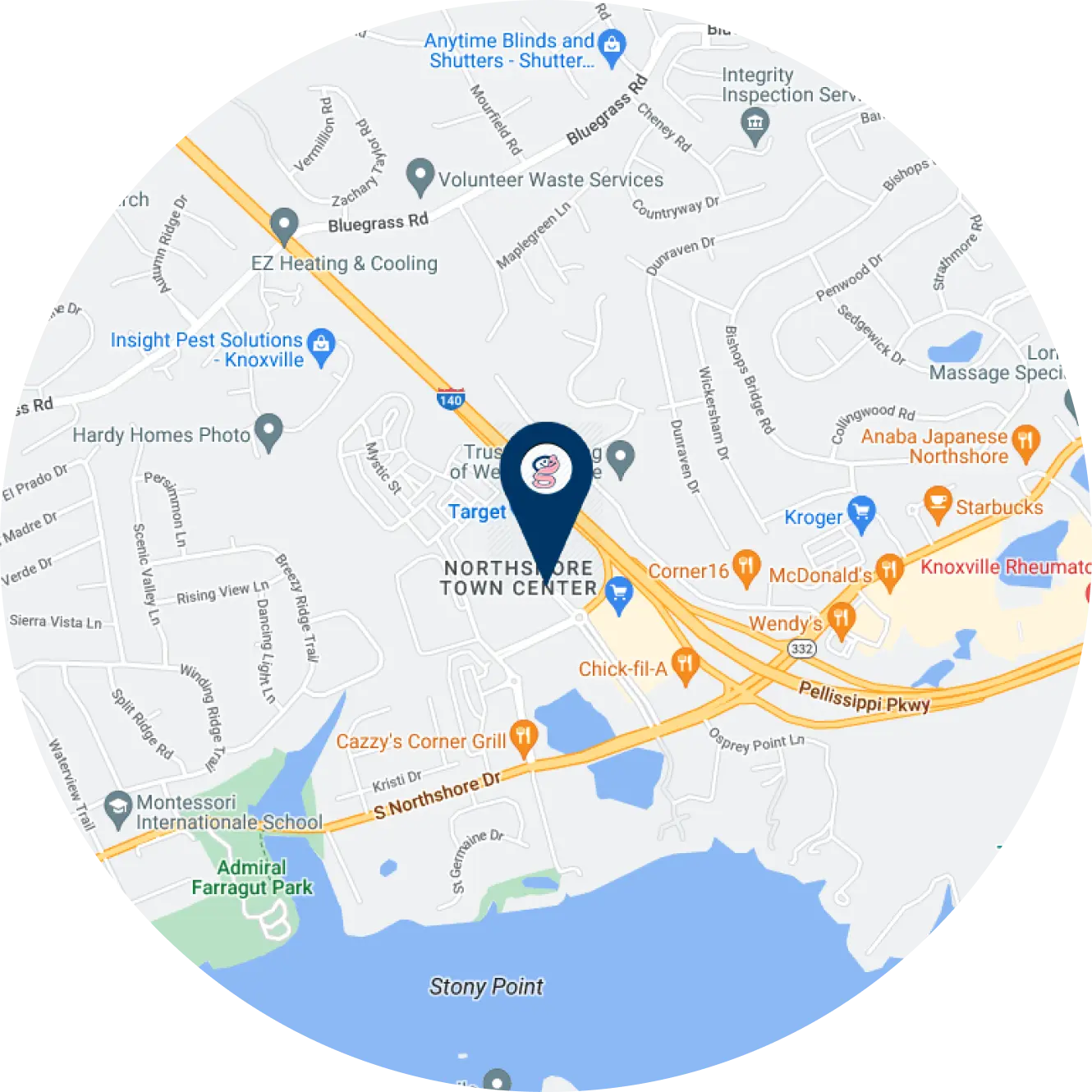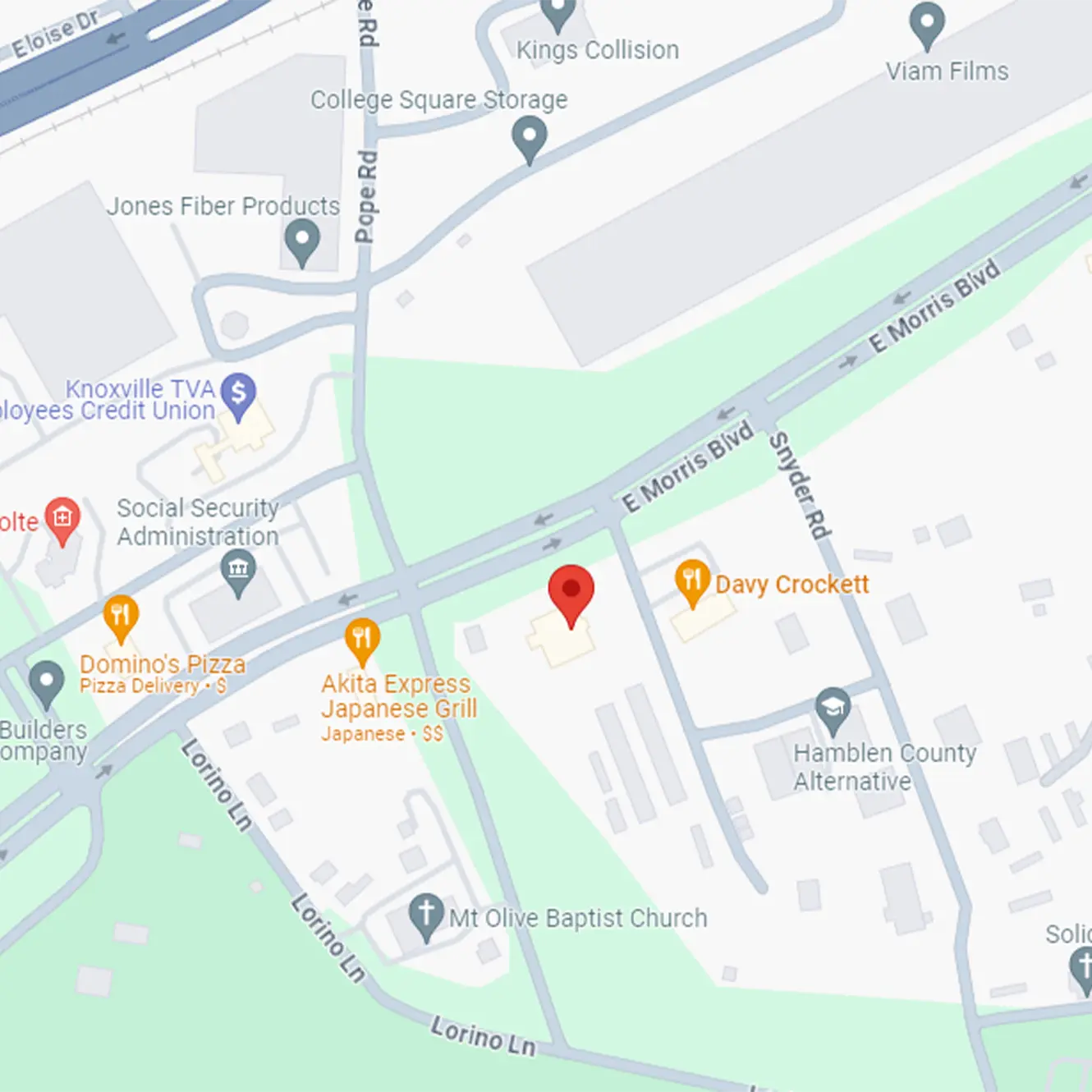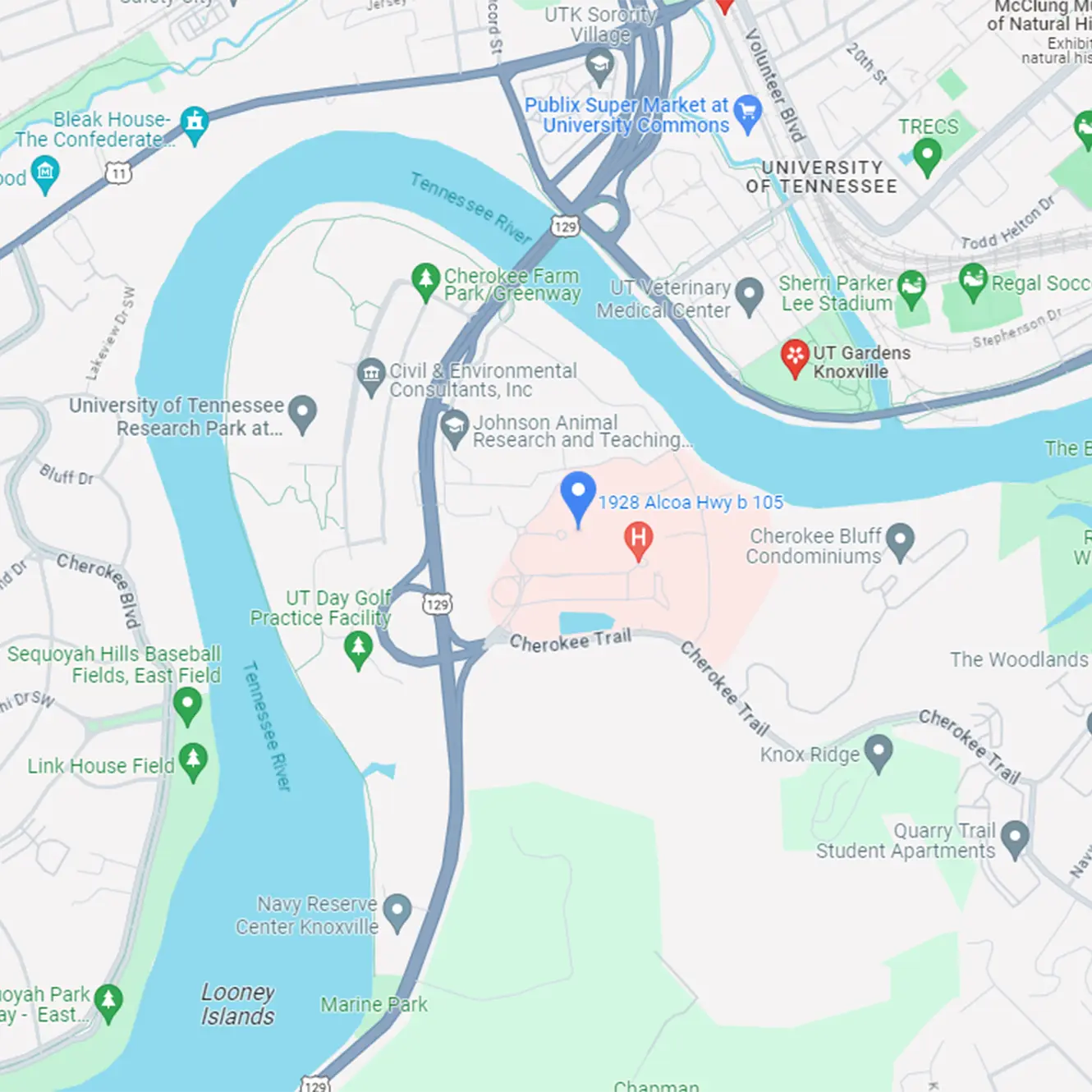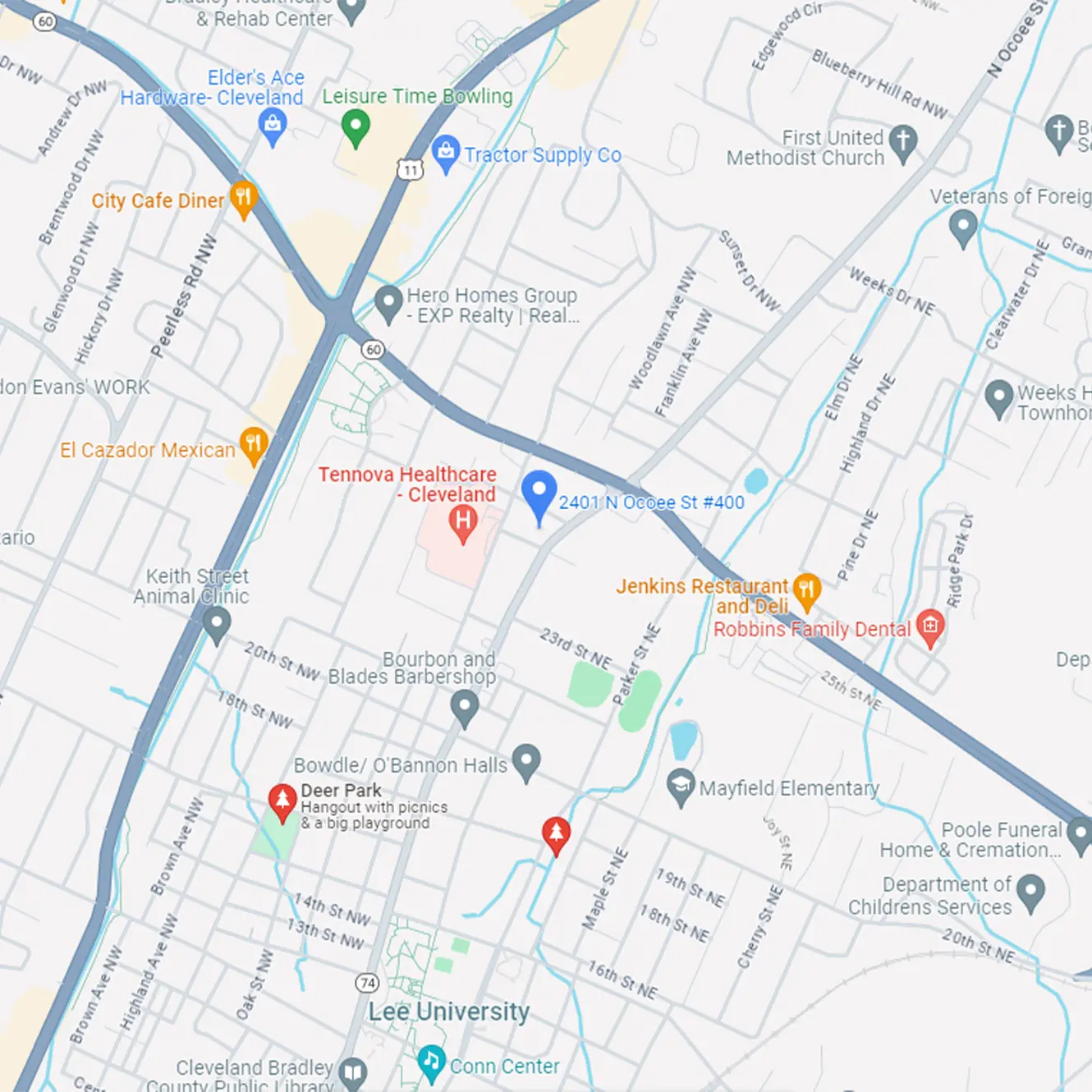Understanding Your Diet with Pancreatic Insufficiency
Pancreatic insufficiency, specifically exocrine pancreatic insufficiency (EPI), is a condition where the pancreas doesn’t produce enough digestive enzymes to properly break down and absorb nutrients from food, especially fat, protein, and some vitamins. This can lead to gastrointestinal symptoms, malnutrition, and unintended weight loss.
What can cause Pancreatic Insufficiency?
- Congenital abnormality
- Chronic Pancreatitis
- Cystic fibrosis
- Diabetes
- Surgical removal of part of the pancreas or GI tract
- Celiac or Crohn’s disease (less common)
Symptoms to look for:
- Frequent, greasy, foul-smelling stools (steatorrhea)
- Bloating and gas
- Cramping or abdominal pain
- Unexplained weight loss
- Fatigue or signs of malnutrition
- Deficiencies in fat-soluble vitamins (A, D, E, and K)
How is it diagnosed?
Pancreatic insufficiency is most commonly diagnosed using a stool elastase test, which measures the level of a specific enzyme (elastase) in a stool sample. Low levels suggest that the pancreas isn’t producing enough digestive enzymes.
In some cases, doctors may order a fecal fat test. This test measures the amount of fat present in the stool. A increased amount of fat may indicate the person is not absorbing the fat from their diet.
What is the treatment?
Pancreatic Enzyme Replacement Therapy (PERT) is the standard of care for managing pancreatic insufficiency. PERTs replace digestive enzymes that your body may be missing. This is often a capsule- Creon or Zenpep, and is taken with meals and snacks to help your body properly digest food and nutrients.
The capsule must be taken right before or with the first bite of meals and snacks because it needs to be in the digestive tract with the food in order to do its job and help to break down fats, proteins, and carbohydrates into smaller, more absorbable nutrients.
- EPI can lead to weight loss and nutrient deficiencies. You may need to increase your overall calorie intake, especially from healthy fats and proteins. This can look like:
-
- Adding nut butters, avocado, olive oil, and full-fat dairy
- Eating frequent meals and snacks throughout the day
- Emphasizing lean protein sources like chicken, eggs, fish, legumes, and tofu
- Because fat digestion is impaired, vitamins A, D, E, and K may need to be supplemented. These can be taken in water-miscible or water-soluble forms to enhance absorption.
- If your child cannot swallow capsules, the contents of the capsule can be mixed into a spoonful of applesauce and taken right before the meal.
When Should You Take Enzymes and When Can You Skip Them?
You should take your pancreatic enzymes with any meal or snack, especially those that contain fats and protein. PERT may also help to digest starchy foods so it is recommended to take before each meal.
Take Enzymes With:
- Full meals (breakfast, lunch, dinner)
- Snacks like yogurt, nuts, cheese, granola bars, smoothies, peanut butter on toast, etc.
- Nutritional supplements (like Pediasure, Boost, etc.)
You Usually Don’t Need Enzymes For:
- Small pieces of fruit or vegetables (like an apple slice or a few baby carrots)
- Clear liquids or beverages (water, juice, tea, black coffee)
- Hard candy or gum
Infants on PERT: What Parents Should Know
Since infants can’t swallow capsules:
- Open the Creon capsule and sprinkle the contents (tiny enzyme beads) onto a small amount of acidic soft food like applesauce or pureed banana.
- Feed the mixture to the baby immediately, before starting the bottle or breastfeeding.
- Be careful not to crush or chew the beads—this destroys the protective coating that helps the enzymes work in the intestines.
- Never mix enzymes into formula or breast milk—they can start breaking it down too early, which can irritate the mouth or reduce effectiveness.
- Creon should be given before each feeding (whether it’s breast milk, formula, or solids if they’re old enough). Doses may vary depending on the amount of fat in the milk and the baby’s weight.
Written by: Ava Resnick, Graduate Student UTK and Madden Wilson, RDN, LDN






















